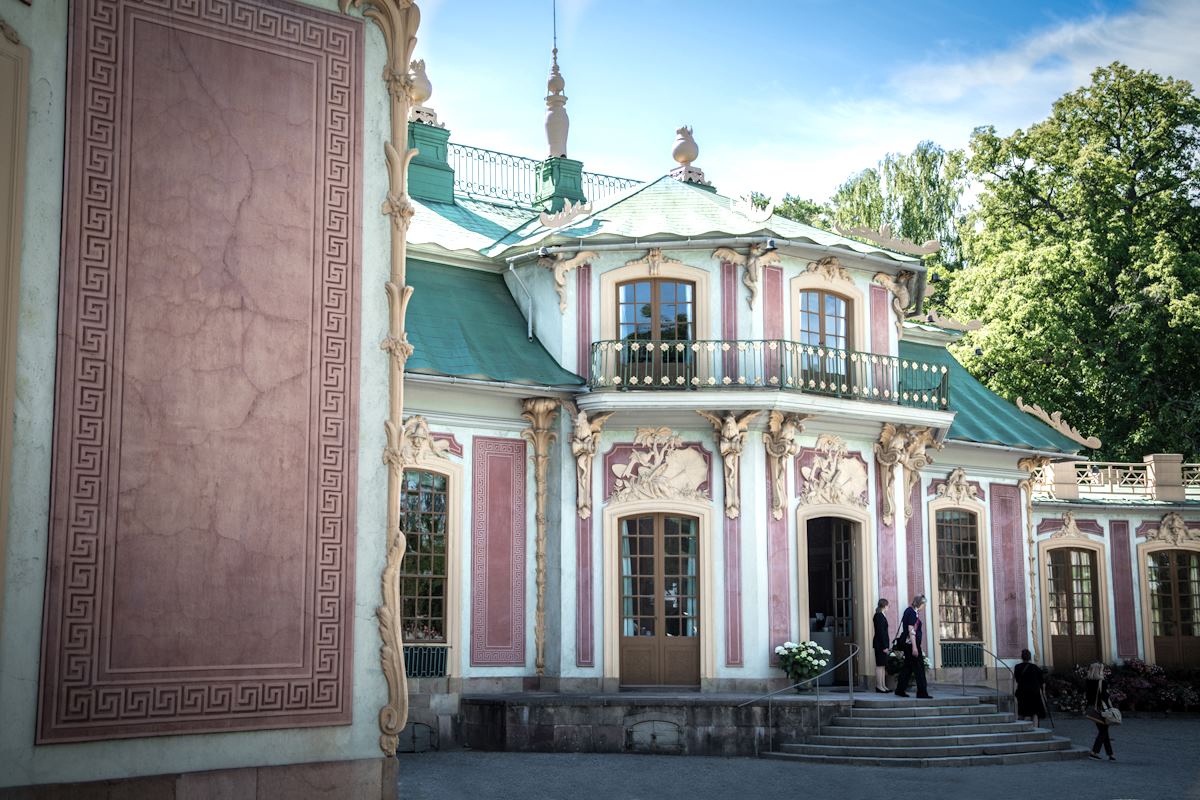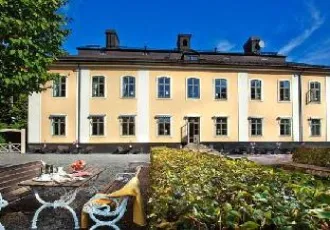Drottningholm Palace: A royal Swedish treasure
A UNESCO World Heritage Site and often called the “Versailles of Scandinavia,” Drottningholm Palace is Sweden’s best-preserved 17th-century Baroque residence. Designed by Nicodemus Tessin the Elder, the palace remains the official royal residence—while welcoming the public to explore its lavish interiors, formal gardens, and historic landmarks.
Visitors can tour highlights such as the Chinese Pavilion and the remarkable Drottningholm Palace Theatre, the oldest working theater in Europe still using original 18th-century stage machinery. The surrounding gardens, blending Baroque formality with English romanticism, are among the finest in Europe.


Unveiling Drottningholm Palace’s storied past
Drottningholm Palace traces its roots to the late 16th century, when King Johan III and Queen Katarina Jagellonica first commissioned a royal residence on the site. The palace we see today, however, took shape in the late 1600s under Queen Hedvig Eleonora and architect Nicodemus Tessin the Elder.
Inspired by French court architecture—especially the Palace of Versailles—Tessin created a monumental Baroque masterpiece. Over the years, monarchs such as Queen Kristina and King Gustav III expanded the estate, adding personal flair and dramatic features like the Palace Theatre and exotic Chinese Pavilion.
Drottningholm Palace isn’t just a royal residence—it hides one of Europe’s best-preserved secrets: the 18th-century Drottningholm Court Theatre. Built in 1766 for Queen Lovisa Ulrika, the theater still uses its original wooden stage machinery—manually operated and capable of creating storms, waves, or flying gods above the stage.
For over a century, it sat forgotten—rediscovered in the 1920s, virtually untouched. Today, it’s a living museum and performance venue, where you can still attend opera performed exactly as in the 18th century, using candlelight and all original stage effects.
Drottningholm Palace: A living heritage of Swedish royalty
Recognized in 1991 as Sweden’s first UNESCO World Heritage Site, Drottningholm is praised for its completeness and preservation. The palace complex remains largely as it was in the 17th and 18th centuries, retaining original interiors, the court theatre, and formal gardens.
Today, King Carl XVI Gustaf and Queen Silvia live in the southern wing, while the rest of the palace is open to the public. Visitors can tour the royal apartments, historic salons, and extensive grounds, offering a rare opportunity to engage with Sweden’s ongoing royal tradition.




The majesty of Drottningholm Palace gardens
Stretching over 200 hectares, the Drottningholm Palace gardens are a highlight in their own right. Originally designed by Tessin the Elder, the gardens reflect shifting European tastes—from symmetrical Baroque lines to the organic curves of the English landscape tradition.
Garden highlights include:
- The Baroque Garden: With terraced paths, formal hedges, and sculpted fountains.
- The English Garden: Featuring winding trails, romantic vistas, and naturalistic plantings.
- The Chinese Pavilion: An 18th-century fantasy with Chinese-inspired architecture and interiors.
Open year-round, the gardens attract both casual strollers and serious history buffs. During summer, the grounds host concerts, outdoor events, and leisurely picnics—making them a favorite among both locals and visitors.




A royal treasure for all
Although the royal family retains private quarters in the southern wing, Drottningholm Palace invites the public to engage with its historic and cultural riches. It is more than a museum—it is a vibrant, living expression of Swedish royal heritage.
As you wander its rooms and gardens, you’re not simply touring a monument of the past—you’re experiencing the ongoing legacy of a palace still deeply entwined with national identity and royal tradition.
Visitor Information
- 🕰️ Opening Hours:
- Summer (May–September): Daily, 10:00 AM–5:00 PM
- Winter (October–April): Tuesday–Sunday, 10:00 AM–4:00 PM
- 📍 Address: Drottningholm Slott, 178 93 Drottningholm
- 🚶♀️ Getting There: Easily accessible via SL bus 176 or 177 from Brommaplan or by ferry from Stadshuskajen in central Stockholm (seasonal). Travel time: approx. 45 minutes.
- 🔍 What to Expect: Explore royal apartments, the Chinese Pavilion, the Palace Theatre, and vast gardens in a UNESCO World Heritage setting.
- 🎟️ Admission: Entry fees apply for palace interiors and pavilions. Gardens and parks are free year-round.
- 🎧 Guided Tours: Daily tours available in English and Swedish. Special theatrical tours are offered in summer.
- ☕ Café: On-site café and gift shop open seasonally. Additional dining options are nearby in Drottningholm village.





 Drottningholm Palace
Drottningholm Palace Drottningholms slott
Drottningholms slott


